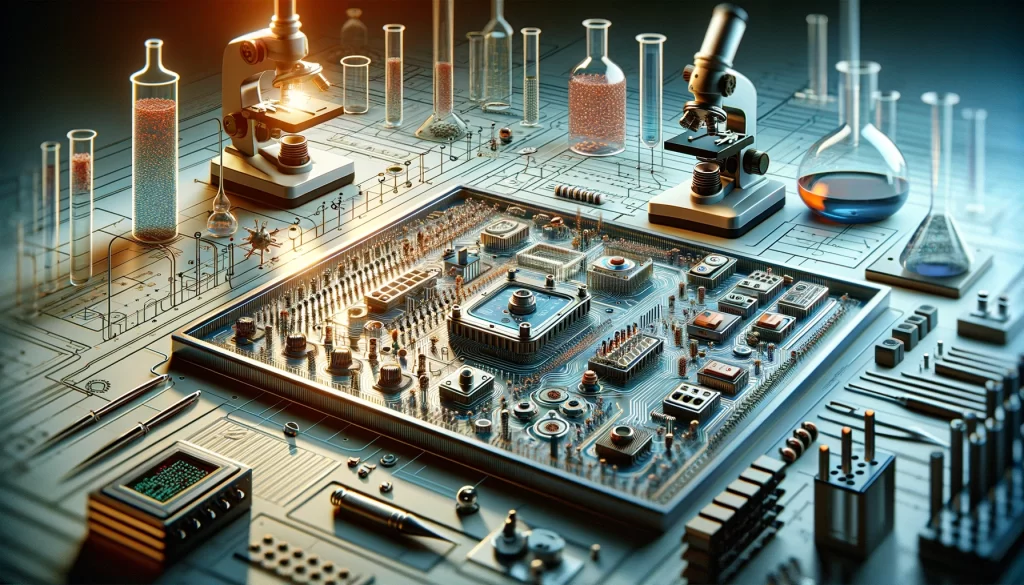Introduction
Hey there, lab enthusiasts and tech wizards! Today, let’s dive into a topic that’s crucial yet often goes unnoticed in the bustling world of laboratory equipment – membrane switches. These nifty little interfaces are more than just buttons on your lab devices; they’re the unsung heroes that make your daily lab work smooth and efficient.
What are Membrane Switches?
A Quick Overview: Membrane switches are those flat, flexible buttons you find on various lab devices. They’re made of layers including a graphic interface, a conductive circuit, and a tactile response layer.
Why They’re Popular in Labs: In a laboratory setting, where precision and reliability are paramount, membrane switches offer a level of control and durability that traditional mechanical switches can’t match.
Membrane Switches in Action
Everyday Laboratory Applications: From spectrophotometers to centrifuges, membrane switches are integral in providing precise control and feedback. Their ease of use and reliability make them a staple in the lab.
Advantages Over Mechanical Switches: They’re easy to clean, less prone to wear and tear, and can be customized to fit any device design – crucial in a diverse lab environment.
Designing Membrane Switches for Lab Equipment
Customization is Key: Lab equipment comes in all shapes and sizes, and so do membrane switches. Custom designs can include unique button layouts, specific tactile feedback, and even integration with touchscreens.
Durability and Precision: In a lab, a small error can ruin an entire experiment. Membrane switches are designed to offer precise control, with less risk of accidental inputs or malfunctions.
The Science Behind the Buttons
Tactile Feedback and User Experience: The ‘feel’ of a button press might seem trivial, but it provides essential feedback to the user, ensuring accuracy in fast-paced lab scenarios.
Material Matters: High-quality materials not only extend the lifespan of switches but also provide resistance to chemicals and cleaning agents commonly found in labs.
The Challenges and Solutions
Balancing Precision with Durability: Creating a switch that’s both sensitive enough for precise inputs and tough enough for daily lab use is a design challenge. Innovative materials and smart layering techniques are the answer.
Environmental Considerations: Labs can be harsh environments. Membrane switches are designed to withstand extreme temperatures, humidity, and exposure to chemicals.
Innovations and Future Trends
The Next Gen of Lab Interfaces: With advancements in technology, we’re seeing membrane switches that integrate seamlessly with digital displays, offering more intuitive control and data visualization.
Sustainability in Design: As the world moves towards sustainability, so does lab equipment design. We’re seeing a trend towards eco-friendly materials in membrane switches, reducing the environmental footprint of labs.
Conclusion
In the grand scheme of lab equipment, membrane switches might seem like small cogs in a large machine. But as we’ve seen, these components are fundamental in ensuring that your laboratory instruments are accurate, reliable, and user-friendly. The next time you press that button on your lab device, remember that there’s a world of design, innovation, and technology beneath your fingertips!

